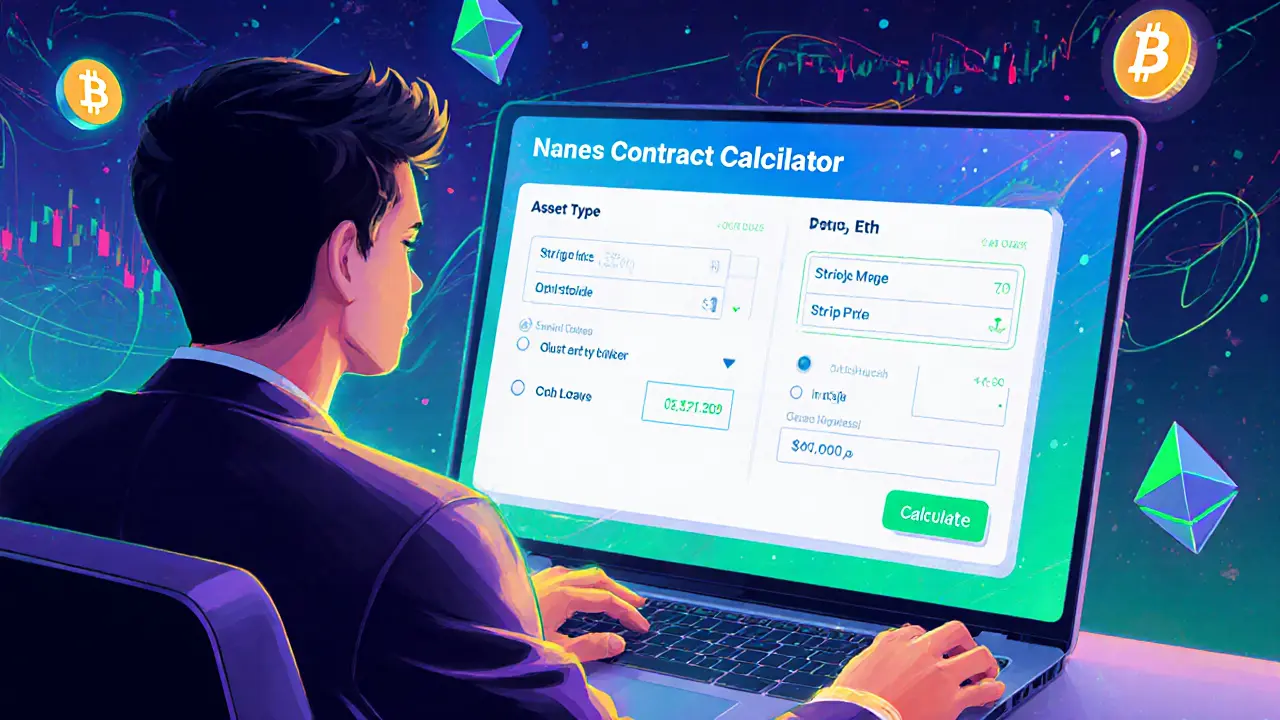When working with Derivatives, financial contracts whose payoff depends on the price of an underlying asset such as a cryptocurrency, stock, or commodity. Also known as derived instruments, they let traders speculate, hedge, or gain exposure without actually owning the asset.
One of the most widely used forms is Futures, standardized agreements to buy or sell an asset at a predetermined price on a set future date. Futures are the engine behind price discovery because they force market participants to reveal their expectations about future prices. Another core type is Options, contracts that give the holder the right, but not the obligation, to buy or sell an asset at a specific price before expiration. Options add flexibility by letting traders limit downside risk while keeping upside potential.
In the crypto world, Perpetual Contracts, futures-like instruments without an expiry date that use funding rates to tether the contract price to the spot market have exploded in popularity. They enable continuous exposure and are often the first stop for traders wanting leveraged bets on Bitcoin or altcoins. Across all these variants, a common thread is the need for margin—collateral that secures positions and limits systemic risk.
Derivatives encompass risk management tools, speculative vehicles, and arbitrage opportunities. For example, a miner can hedge future Bitcoin revenue with futures contracts, locking in a price and protecting against a market dip. Conversely, a bullish trader might use options to capture upside while spending only a fraction of the capital required for a direct purchase. Perpetual contracts, with their funding mechanisms, let traders carry positions indefinitely, but they also require constant monitoring of funding rates and liquidation thresholds.
These instruments also interact with broader market infrastructure. Exchanges—both centralized like Binance and decentralized like Uniswap—offer derivative products, often integrating with liquidity pools and automated market makers. Regulatory frameworks differ: traditional futures fall under commodity regulators, while crypto derivatives are navigating new rules in jurisdictions such as the US, EU, and Asia. Understanding the regulatory backdrop is crucial because it influences product design, margin requirements, and user protections.
Beyond the big three, niche derivatives such as variance swaps, credit default swaps, and weather futures extend the concept to virtually any measurable outcome. In blockchain, tokenized versions of these contracts are emerging, allowing anyone to create a derivative on-chain with smart contracts, thus reducing counterparty risk and increasing transparency.
All this variety means that grasping the basics of futures, options, and perpetual contracts provides a solid foundation for diving deeper into specialized derivative products. The articles below walk you through reviews of specific platforms, regulatory updates, fee estimators, and practical guides on how to start using these tools safely.
Ready to explore real‑world examples, compare exchange features, and get actionable tips? Scroll down to see our curated collection of posts that break down each derivative type, showcase top DEXs, and explain how you can leverage these contracts in your own trading game plan.

In-depth 2025 review of Thalex crypto derivatives exchange covering fees, contracts, risk management, liquidity, and how it stacks up against competitors.